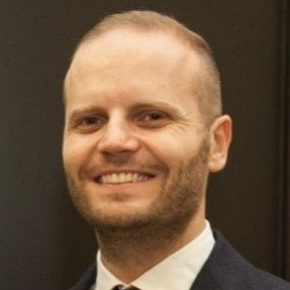Recent Advances in the Treatment of Dental Diseases
A special issue of Bioengineering (ISSN 2306-5354). This special issue belongs to the section "Regenerative Engineering".
Deadline for manuscript submissions: 30 June 2024 | Viewed by 2774
Special Issue Editors
Interests: dental diseases; dental materials; virtual treatment planning; 3D printing
Interests: prosthodontics; dental materials
Interests: stem cells regeneration tissue; dental disease; dental biomaterials; orthodontic diseases; orthodontic innovation; oral surgery
Special Issues, Collections and Topics in MDPI journals
Special Issue Information
Dear Colleagues,
Worldwide, millions of people suffer from various dental disorders, such as dental caries, dental abnormalities, pulpal and periodontal diseases, tooth loss and oro-dental trauma. The terms "dental materials," "treatment planning," "therapeutic techniques," and "manufacturing technologies " are often applied interchangeably when referring to dental care. The aim of this Special Issue is to foreground the most recent and innovative developments in all major areas of dentistry in order to enhance the treatment of dental diseases.
Thus, researchers and practitioners in the domains of preventive, restorative, pediatric, orthodontic, periodontal, endodontic, prosthodontic, implant, oral and orthognathic surgery are all encouraged to present research papers, case reports, narrative and systematic reviews and meta-analyses relevant to this context
Dr. Elena-Raluca Baciu
Dr. Dana Gabriela Budală
Dr. Angelo Michele Inchingolo
Guest Editors
Manuscript Submission Information
Manuscripts should be submitted online at www.mdpi.com by registering and logging in to this website. Once you are registered, click here to go to the submission form. Manuscripts can be submitted until the deadline. All submissions that pass pre-check are peer-reviewed. Accepted papers will be published continuously in the journal (as soon as accepted) and will be listed together on the special issue website. Research articles, review articles as well as short communications are invited. For planned papers, a title and short abstract (about 100 words) can be sent to the Editorial Office for announcement on this website.
Submitted manuscripts should not have been published previously, nor be under consideration for publication elsewhere (except conference proceedings papers). All manuscripts are thoroughly refereed through a single-blind peer-review process. A guide for authors and other relevant information for submission of manuscripts is available on the Instructions for Authors page. Bioengineering is an international peer-reviewed open access monthly journal published by MDPI.
Please visit the Instructions for Authors page before submitting a manuscript. The Article Processing Charge (APC) for publication in this open access journal is 2700 CHF (Swiss Francs). Submitted papers should be well formatted and use good English. Authors may use MDPI's English editing service prior to publication or during author revisions.
Keywords
- dental diseases
- dental care
- dental materials
- virtual treatment planning
- antibacterial/anti-inflammatory therapy, phototherapy, periodontal surgery, dental implant surgery, guided bone regeneration, oral tissue engineering
- nanocoating technologies
- digital manufacturing technologies








